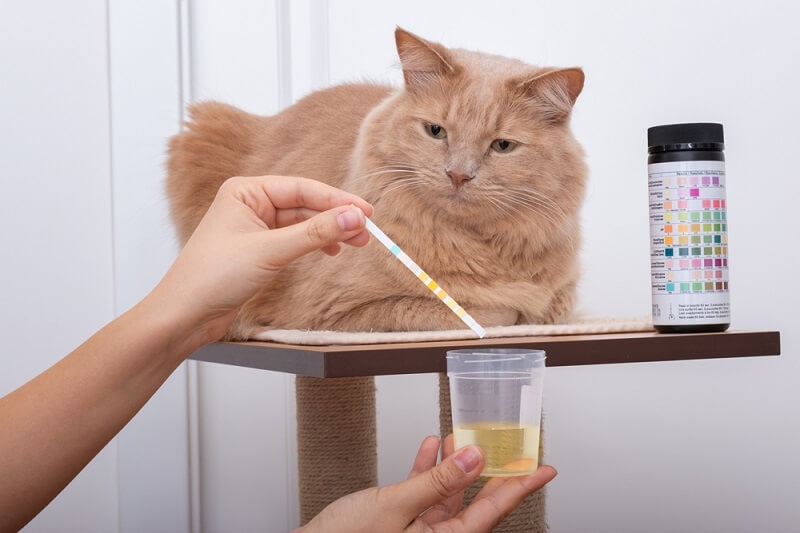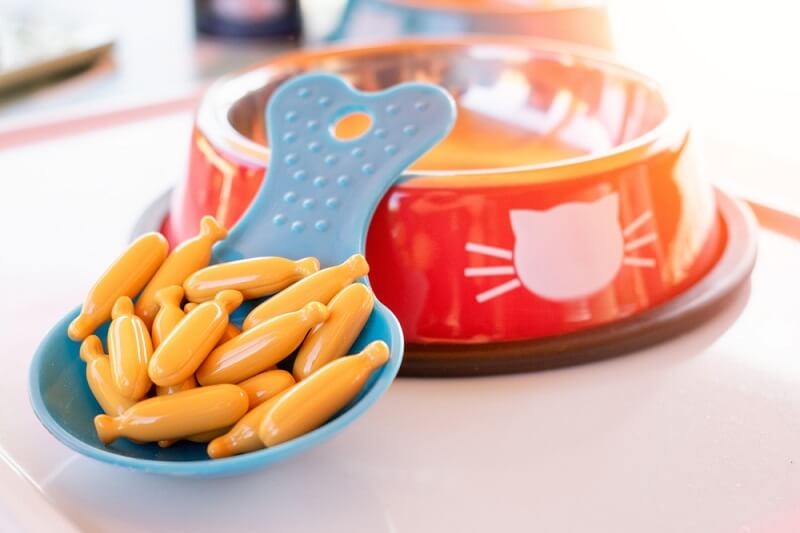
Cats are mysterious little creatures. They’ll ignore you all day and then curl up on your lap like you’re the only person in the world. But here’s the thing—when it comes to their health, especially urinary health, they’re not so subtle. If you’ve ever seen your cat straining in the litter box, crying out, or leaving little puddles of blood-tinged urine, you know how scary (and heartbreaking) it can be. And more often than not, their food has a big part to play in it.
That’s why so many cat parents start Googling the best cat food for urinary health. It’s not just about filling a bowl—it’s about keeping their tiny bodies balanced and preventing painful conditions like urinary tract infections, bladder inflammation, or urinary crystals. The right diet can make life a lot easier for your cat and, honestly, for you too.
Let’s walk through why food matters so much, what you should actually be looking for on those overwhelming pet food shelves, and yes—how to do all this without draining your wallet.
So, what exactly makes some foods better than others for urinary care? There are a few things to keep in mind:
Not every bag that says “urinary care” on the front is created equal, so turn it over and read the label. It’s a little boring, yes, but your cat’s bladder will thank you.
Cats have this weird quirk: they don’t drink much water. In the wild, it’s fine because they get most of their hydration from prey. But our indoor fluffballs usually live on kibble. Dry kibble plus low water intake equals concentrated urine. And concentrated urine is like an open invitation for crystals and stones to form.
That’s where diet steps in. Specialized foods can help keep urine diluted, minerals balanced, and the urinary tract in a healthier state. Think of it as giving your cat’s system the best chance to function smoothly.
You know your cat better than anyone else. But urinary issues can sneak up. Watch for things like:
If any of these ring a bell, don’t just rely on food—call your vet. Diet is prevention and support, but treatment needs medical care if a problem is already happening.
Here’s the big debate: urinary health dry cat food versus urinary health wet cat food. Honestly, both have a role.
Dry food is easier to store, cheaper, and most cats like the crunch. But it lacks water. Wet food is fantastic for hydration, which makes a huge difference in preventing issues, but it can cost more and spoil faster.
A lot of pet parents end up doing a combination. Maybe dry in the morning, wet at night. Or use wet as a topper to make the dry more enticing. It doesn’t have to be all or nothing.
Let’s be real for a second. Vet-prescribed food is great, but it’s also pricey. Not everyone can afford $60 bags month after month. And that’s okay. Affordable options exist—you just need to be smart about it.
Sometimes, it’s about balance. You might use prescription food during flare-ups and then switch to an affordable maintenance diet once your cat stabilizes.
Urinary crystals are one of the biggest worries for cat owners. They’re tiny, but they cause enormous pain. That’s why a cat diet for urinary crystals matters so much. The right food can help dissolve existing crystals (under veterinary guidance) or prevent them from forming again.
One simple trick? Encourage water intake in any way possible. A lot of cats love fountains because the moving water feels fresher. Some will happily lap up a little tuna-water added to their bowl. It sounds silly, but these small habits add up.

You’ve probably seen the phrase cat UTI prevention food in stores or online. Here’s the truth: no food can guarantee your cat will never get a UTI. But the formulas can lower the risk. They do this by balancing urine pH and diluting urine with more moisture.
Think of it like brushing your teeth. Brushing doesn’t guarantee zero cavities, but it lowers the odds. Pair it with vet visits, plenty of clean water, and a tidy litter box, and your cat’s risk goes down.
Sometimes, nothing but vet recommended urinary care food will cut it. If your cat has had repeat blockages or stubborn crystals, prescription diets are often non-negotiable. They’re formulated with very precise mineral levels and tested for effectiveness.
Yes, they can hurt your budget. But think about the alternative—an emergency surgery can cost hundreds or even thousands. Many vets will let you know if you can eventually transition to a more affordable food once your cat stabilizes. Just don’t switch on your own. Cats with a history of blockages are safer staying under vet supervision.
Food choice is huge, but how you serve it matters too:
Stress, believe it or not, can play a role in urinary problems. Keeping mealtime calm and engaging helps.
It’s tempting to think you can cook up chicken and rice and call it a day. But urinary health is tricky. Cats need very specific nutrition, and it’s easy to throw things off balance with homemade food. Too much of the wrong mineral and you could make things worse.
If you want to go down the homemade route, do it with professional guidance from a veterinary nutritionist. Otherwise, stick with trusted commercial formulas.
It’s no secret—pet food can get expensive. But here’s a reassuring thought: you don’t have to buy the fanciest, most Instagram-worthy brand. You just need something that balances minerals, offers good hydration, and fits your cat’s life stage.
Affordable foods are out there. Pair that with simple tricks like adding water to meals, and you’ll be protecting your cat without breaking your budget.
Choosing the best cat food for urinary health isn’t about following a trend. It’s about paying attention to what your cat’s body needs. Some cats do fine on mid-range commercial urinary diets. Others require vet-prescribed formulas. Most thrive when their humans make hydration a priority and keep an eye on litter box habits.
Your cat might not thank you out loud, but they’ll show you in quieter ways—longer naps, fewer accidents, and yes, those calm little purrs after a good meal. At the end of the day, the right food doesn’t just fill their belly. It keeps them healthy enough to keep being their quirky, lovable selves.
This content was created by AI